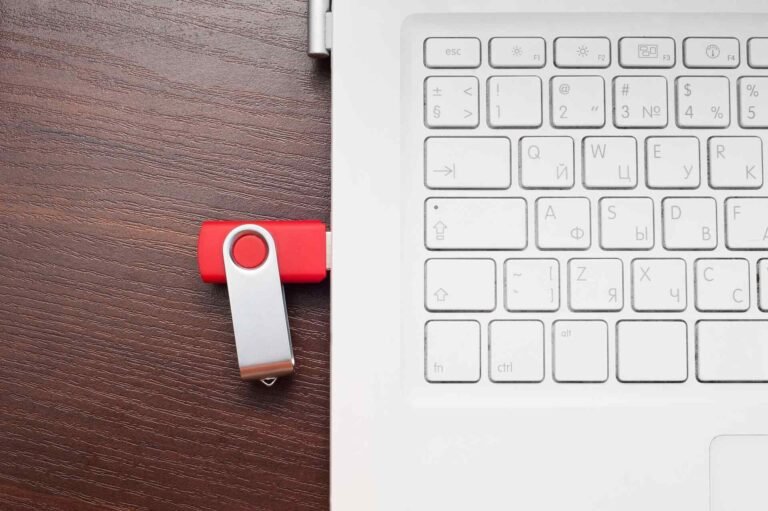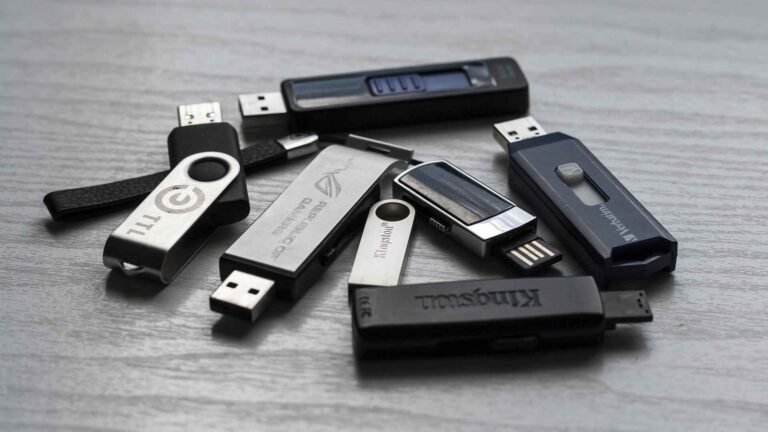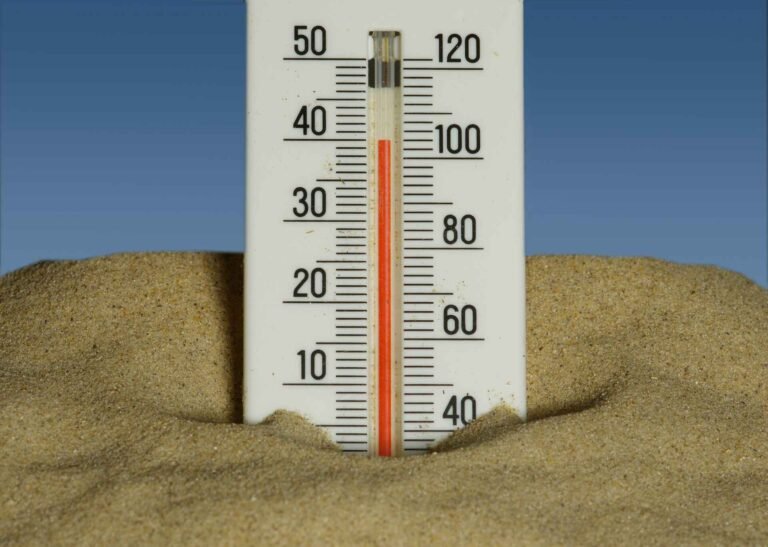Do Headphone Splitters Reduce Quality and Volume?
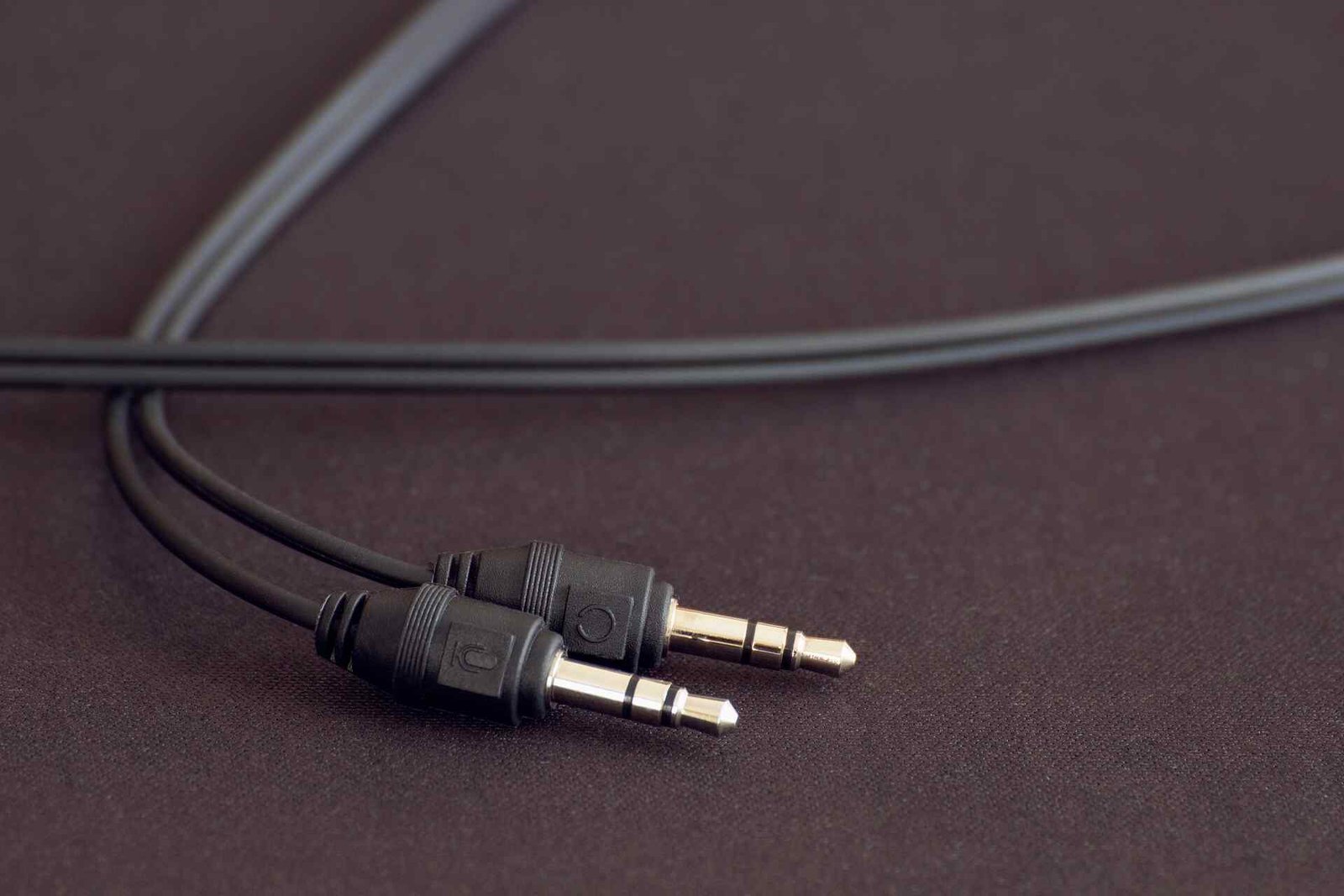
We all know that: you’re watching a movie on your laptop with a friend, or you want to share that perfect playlist with someone special, but there’s only one headphone jack. Enter the humble headphone splitter, that tiny Y-shaped adapter that promises to solve all our audio-sharing woes. But here’s the million-dollar question that keeps audiophiles up at night: do headphone splitters reduce quality?
While headphone splitters can affect your audio experience, the impact isn’t always as dramatic as you might think. Let’s dive deep into the world of audio splitting and uncover the truth behind what happens when you split that precious signal.
Understanding How Headphone Splitters Work
Before we tackle whether headphone splitters reduce audio quality, it’s helpful to understand what’s actually happening inside that little plastic connector. When you plug a headphone splitter into your device, you’re essentially creating two separate audio paths from one source signal.
Think of it like a garden hose with a Y-connector. The same amount of water (or in our case, electrical signal) needs to flow through two different paths instead of one. This fundamental change in how the signal travels is where things get interesting and where potential quality issues can creep in.
The splitter takes the stereo signal from your device and duplicates it, sending identical copies to each connected headphone. However, this duplication process isn’t always perfect, and several factors can influence the final result you hear in your ears.
Does a Headphone Splitter Reduce Quality?
Here’s where we get to the heart of the matter. Does a headphone splitter reduce quality? The answer depends on several key factors, but in most cases, you’ll notice some degree of change in your audio experience.
The most immediate effect you’ll likely encounter is a reduction in volume. When you split an audio signal, you’re essentially dividing the available power between two outputs. This means each connected headphone receives less power than it would if connected directly to the source. For many users, this volume reduction is the most noticeable change.
But volume isn’t the only consideration. The quality of the splitter itself plays a huge role in determining whether you’ll experience any degradation in sound quality. Cheap splitters with poor internal wiring or inadequate shielding can introduce unwanted noise, distortion, or frequency response issues that weren’t present in the original signal.
Higher-quality splitters, on the other hand, are designed to minimize these issues. They use better materials, superior construction techniques, and sometimes even include small amplification circuits to help maintain signal integrity.
Do Headphone Splitters Reduce Volume?
Let’s address the elephant in the room: do headphone splitters reduce volume? Absolutely, and this is probably the most noticeable effect you’ll experience when using any audio splitter.
When you connect two headphones to a single output through a splitter, you’re creating what’s called a “parallel load.” This means the total impedance (resistance) of the circuit changes, which directly affects how much power each headphone receives. In simple terms, you’re asking your device to power two headphones instead of one, but it only has the same amount of power to work with.
The volume reduction typically ranges from barely noticeable to quite significant, depending on the impedance of your headphones and the output power of your source device. Low-impedance headphones (common in most consumer earbuds and headphones) tend to be more affected by this power division than high-impedance models.
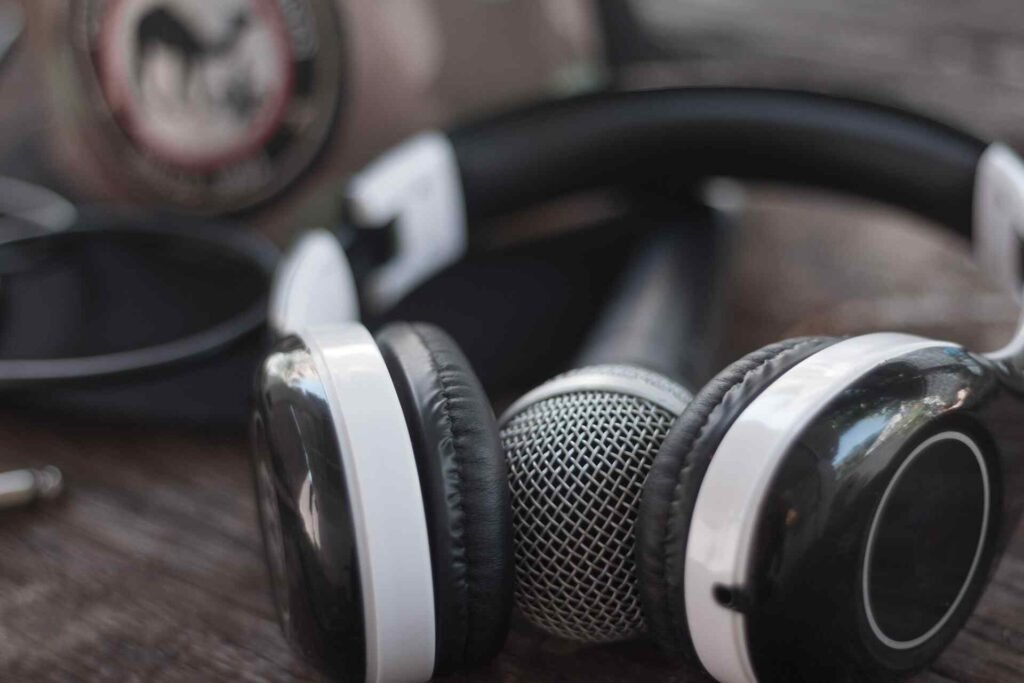
Audio Quality Factors: What Really Matters
Understanding whether headphone splitters impact audio quality requires looking at several technical factors that work together to create your listening experience.
Impedance Matching: This is where things get a bit technical, but stick with us. Every audio device has an optimal impedance range it’s designed to work with. When you add a splitter and multiple headphones, you change the total impedance load, which can affect frequency response and overall sound quality.
Signal Integrity: The quality of the splitter’s internal components directly impacts how cleanly the audio signal passes through. Poor-quality splitters can introduce noise, crosstalk between channels, or frequency response irregularities that muddy your music.
Power Distribution: As we mentioned with volume, power distribution affects more than just loudness. Insufficient power can lead to distortion, especially in bass frequencies, and can make your music sound compressed or lifeless.
Passive vs Active Splitters: The Technology Showdown
Not all splitters are created equal, and understanding the difference between passive and active models can help you make a more informed decision.
| Feature | Passive Splitters | Active Splitters |
|---|---|---|
| Power Source | No external power needed | Requires battery or external power |
| Signal Amplification | None | Built-in amplification |
| Volume Impact | Noticeable reduction | Minimal to no reduction |
| Portability | Extremely portable | Less portable due to power needs |
| Audio Quality | Depends on build quality | Generally superior |
| Recommendation (Amazon) | Syncwire Headphone Splitter | LZSIG Headphone Amplifier |
Passive splitters are the most common type you’ll find. They’re simple, affordable, and don’t require any external power. However, they’re also where you’ll experience the most significant volume reduction and potential quality issues.
Active splitters, on the other hand, include a small amplifier that helps maintain signal strength and quality. They require power (usually from a battery or USB hub, but they can deliver much better performance, especially when you’re sharing audio between multiple people.
Real-World Impact: When Quality Loss Matters
Let’s get practical for a moment. In many everyday situations, the quality impact of a basic headphone splitter is minimal enough that most people won’t notice or care. If you’re sharing a podcast during a commute or letting someone listen to a quick song, a simple splitter does the job just fine.
However, there are scenarios where audio quality becomes more critical. If you’re a music producer sharing a mix with a client, or if you’re trying to enjoy high-quality audio content with premium headphones, even small degradations in sound quality can be frustrating.
The type of content you’re listening to also matters. Spoken content like podcasts or audiobooks is generally more forgiving of slight quality reductions than music, especially complex orchestral pieces or bass-heavy electronic tracks.
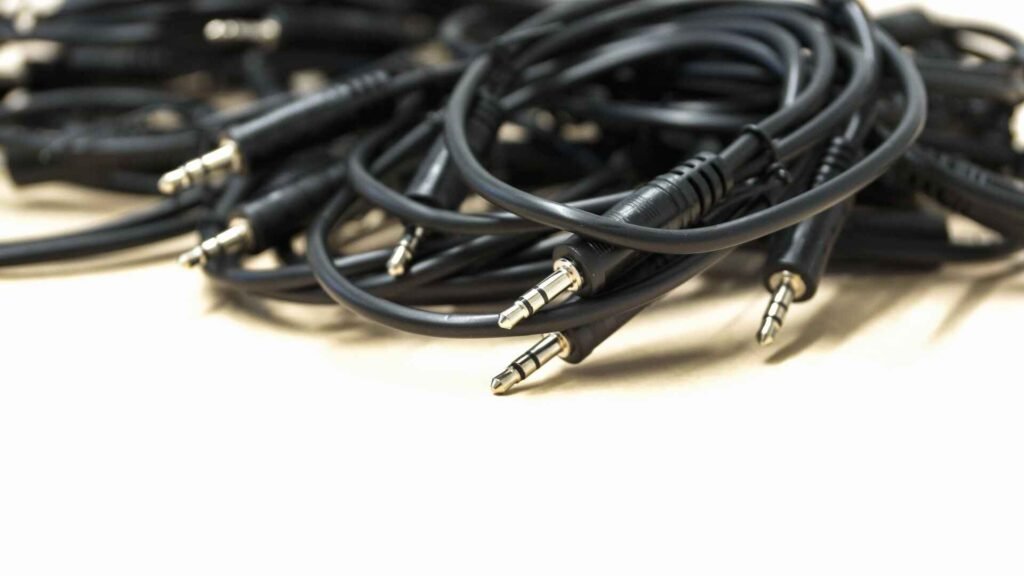
Choosing the Right Splitter for Your Needs
When shopping for a headphone splitter, consider what you’ll primarily use it for. For casual listening and content sharing, a well-built passive splitter from a reputable brand will serve you well. Look for models with gold-plated connectors and solid construction, these details often indicate better overall quality.
If you frequently share audio or have demanding listening requirements, investing in an active splitter might be worth the extra cost. These devices can maintain much better signal integrity and often include features like individual volume controls for each output.
For those dealing with USB connectivity issues, consider whether a USB-based audio solution might better serve your needs, especially in office or workspace environments where multiple people need to access audio content regularly.
Optimizing Your Audio Splitting Setup
Getting the best performance from your headphone splitter involves more than just plugging it in and hoping for the best. Here are some strategies to maximize your audio quality:
Start with your source device’s volume settings. Set your device to about 80% volume before connecting the splitter, this gives you headroom to adjust individual headphone volumes without pushing your device’s amplifier into distortion territory.
Pay attention to headphone impedance matching. If you’re using two different pairs of headphones with significantly different impedance ratings, the lower-impedance pair will typically be louder. This can create an unbalanced listening experience that’s frustrating for both users.
Consider your environment and power management needs. If you’re using active splitters or powered solutions, ensure you have reliable power sources available, especially for extended listening sessions.
Frequently Asked Questions
Will using a headphone splitter damage my headphones?
Using a quality headphone splitter won’t damage your headphones. However, extremely cheap splitters with poor build quality could potentially introduce electrical issues. Stick with reputable brands and avoid the cheapest options available.
Can I use multiple splitters together?
Technically yes, but each additional splitter in the chain will further reduce volume and potentially degrade audio quality. We don’t recommend daisy-chaining more than one splitter unless you’re using active models designed for this purpose.
Do wireless headphone splitters work better?
Wireless solutions eliminate some of the electrical issues associated with traditional splitters, but they introduce their own challenges like latency, battery life, and potential connectivity issues. They’re not necessarily “better,” just different.
Will expensive headphones sound worse with a cheap splitter?
High-quality headphones can actually make the limitations of cheap splitters more apparent. If you’re investing in premium audio equipment, it makes sense to invest in a quality splitter that won’t bottleneck your listening experience.
Can I use a headphone splitter with my phone?
Most modern smartphones work fine with headphone splitters, though you may need an adapter if your phone lacks a traditional headphone jack. Keep in mind that phone outputs typically have limited power, so volume reduction may be more noticeable.
Making the Smart Choice for Your Audio Setup
So, do headphone splitters reduce quality? The answer is nuanced, but armed with the right information, you can make choices that minimize any negative impact on your listening experience.
For most casual users, a well-built passive splitter offers an excellent balance of affordability, portability, and performance. Yes, you’ll experience some volume reduction, and there might be minor changes to the audio characteristics, but these trade-offs are usually acceptable for the convenience of audio sharing.
If audio quality is paramount, or if you frequently share audio content, investing in an active splitter or exploring alternative solutions like powered hubs for digital audio distribution might be worth considering.
Remember, the best audio setup is the one that actually gets used. Don’t let perfect be the enemy of good, sometimes a simple $10 splitter is exactly what you need to enhance your shared listening experiences, even if it’s not technically perfect.
Looking for more? Check out our tech utilities category for more articles and guides that may interest you!
Featured image credit: Image by Ömer from Pixabay
This content is for informational purposes only. Please verify current information directly on the retailer’s site before purchasing.

